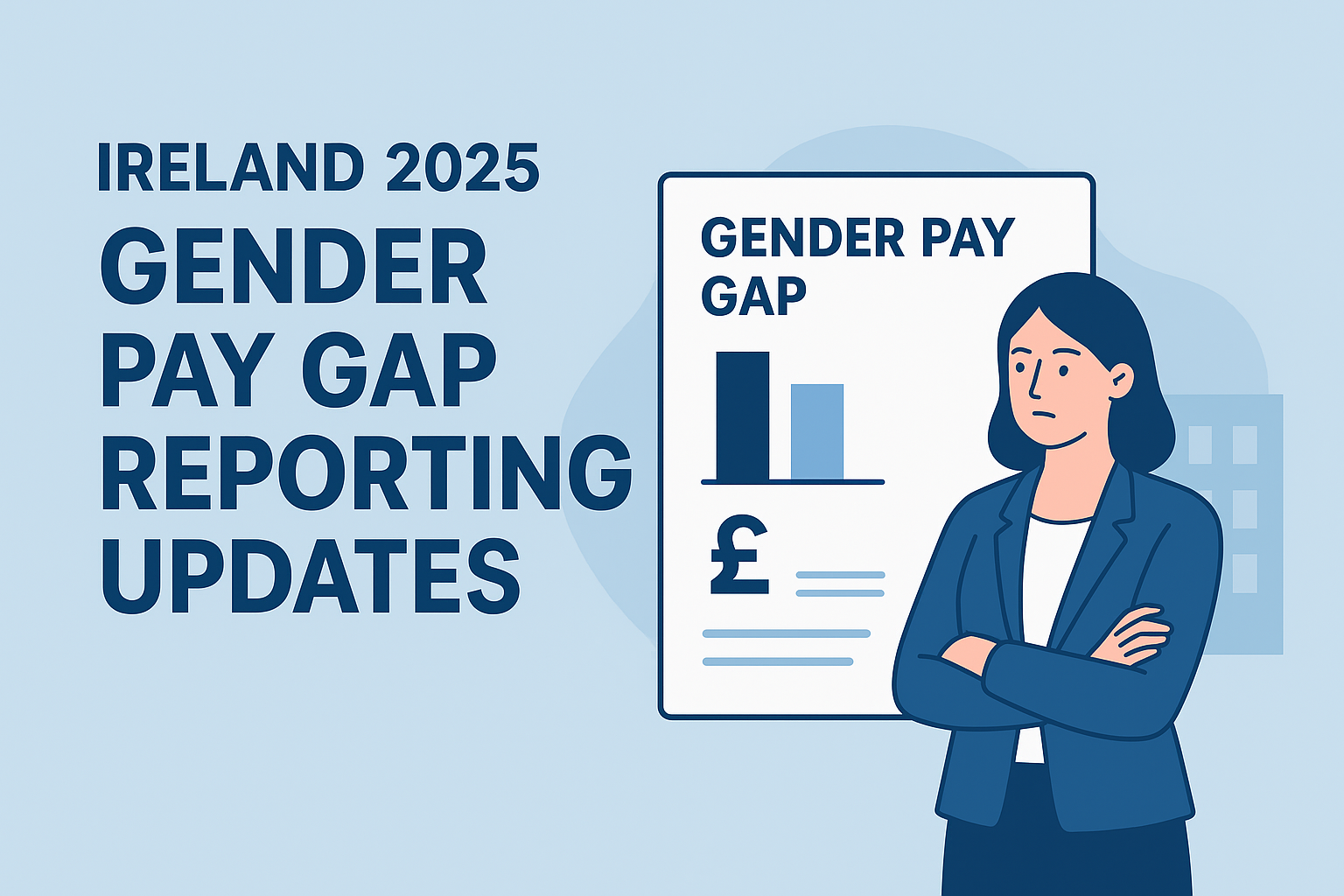In Ireland, legislation prohibits employers from paying employees differently based on gender when they perform ‘like work.’ To defend against a claim of unequal pay on gender grounds, an employer must either prove that the work performed by different employees does not qualify as ‘like work’ or, if the work is deemed equivalent, provide a legitimate, non-gender-related reason for the pay difference. This article examines a recent case from the Workplace Relations Commission (“WRC“) to highlight essential steps employers should take to prevent practices that could result in unequal pay claims and ensure compliance with equal pay laws.
Bernadette Ryan v. Erac Ireland Limited Enterprise Flex-E-Rent (2024) ADJ-00043036
Background
Bernadette Ryan (“Employee“) began working for Erac Ireland Limited Enterprise Flex-E-Rent (“Employer“) in 2020 after being transferred by way of a transfer of undertaking pursuant to S.I. No. 131/2003 – European Communities (Protection of Employees on Transfer of Undertakings) Regulations 2003 (“TUPE”) from her previous company, where she had been employed since 2015. In her role as a part-time Customer Assistant Representative (“CAR“), she earned an annual salary of €31,000 gross per annum.
Following the promotion of her manager, the position of Assistant Deputy Manager (“ADM“) became available. During a visit to the Employee’s depot, the Area Manager (“AM“) encouraged the Employee to apply for the ADM role, informing her that the successful candidate would receive an annual salary of €39,000 per annum.
The Employee applied for the position, and after a successful interview, she was promoted to ADM. However, she was later informed that the promotion would only result in a 10% salary increase, bringing her annual salary to €34,000 per annum. The Employee objected to this, citing two reasons: first, she had been told by the AM that the salary for the ADM position would be €39,000, and second, she was aware that two male colleagues in other depots holding the same ADM position were earning €39,000 annually. Adding to her frustration was the fact that one of the male comparators shorter service than her.
In response, the Employee questioned the Employer about the salary discrepancy. The Employer justified the €34,000 salary by explaining that it was a longstanding company practice to increase employees’ pay by 10% upon promotion. The Employer provided a detailed pay plan document to clarify this policy.
Regarding the higher salaries of the male comparators, despite being in the same role, the Employer attempted to justify the pay disparity on the following grounds:
- The first male comparator, based in Cork, had more responsibility, more direct reports, and was already earning €35,000 per annum before being transferred to the Employer under TUPE. As a result, a 10% pay increase was applied, raising his salary to €39,000.
- For the second male comparator, based in Dublin, the Employer noted that he was already earning €39,000 per annum when transferred to the Company, also under TUPE.
The Employer further argued that the AM’s statement regarding the €39,000 salary was not a guarantee. The AM primarily worked in the UK and had mistakenly assumed that the salary for the ADM position in Ireland would align with UK procedures. In his evidence, the AM admitted that informing the Employee of the €39,000 salary was an error on his part.
After one month in the ADM role, the Employee chose to step down and return to her previous position, stating that she would not have applied for the promotion had she known it would only result in a 10% salary increase.
Subsequently, the Employee lodged a grievance through the Employer’s internal process and filed a claim with the WRC under Section 77 of the Employment Equality Act, 1998 (“EEA“). She claimed that she was paid less for ‘like work’ on the grounds of gender.
The Employer disputed this claim, arguing that the Employee was not being paid less because of her gender. They cited Section 7 of the EEA, which defines ‘like work’ as work that is the same, interchangeable, or equal in value. The Employer argued that the Employee did not meet the requirements under Section 7 due to the larger size of the depots, fleets, number of employees, and responsibilities managed by the male comparators. They also referenced case law supporting the idea that employees on identical contracts (or at the same level) can be paid differently, emphasizing that the actual work performed must be considered.
Findings
The Adjudication Officer (“AO“) found the Employee’s claim to be well-founded. The AO referenced Section 19 (1) of the EEA, which states that an employee is entitled to the same remuneration as another employee if they are performing the same work for the same or associated employer, and Section 19(5), which allows for pay differentials between employees, provided the difference is not based on gender. The AO concluded that the Employee met the threshold set out in Section 85A (1) of the EEA, which shifts the burden of proof to the employer once the employee establishes a presumption of discrimination.
The AO determined that the work performed by the Employee and the male comparators did indeed qualify as ‘like work’ and that the justification for paying the Employee less was based on her gender. The AO ordered the Employer to pay the Employee €10,000 as compensation for the discriminatory treatment she experienced.
Employers Spotlight
- Re-evaluate and Justify Pay Practices: To steer clear of gender pay claims, regularly scrutinize your pay structures. If discrepancies exist, ensure there’s a solid, non-gender-related reason behind them. Outdated blanket policies, like fixed percentage increases, can leave you vulnerable—be ready to justify every decision.
- Transparent Pay Policies: Develop and communicate clear, transparent pay policies. Employees should understand how pay decisions are made and what factors are considered. This transparency can help build trust and reduce the likelihood of misunderstandings or disputes.
- Regular Pay Audits: Conduct regular pay audits to identify and address any pay disparities. This proactive approach can help ensure compliance with equal pay laws and demonstrate a commitment to fairness.
- Control the Narrative on Compensation: Be crystal clear and consistent when discussing salaries and promotions. Mixed messages or overpromising can lead to discontent and, ultimately, claims. Avoid making casual statements about pay that could be construed as guarantees.
- Be Strategic with ‘Like Work’ Comparisons: When setting salaries for employees in similar roles, ensure you can differentiate based on measurable, non-gender factors such as location, responsibilities, or experience. Document these distinctions thoroughly to defend against any allegations of unequal pay.
- Document Decision-Making Processes: Keep detailed records of the decision-making processes related to pay and promotions. This documentation can be crucial in defending against any claims of discrimination.
- Equal Pay Statements and Gender Pay Gap Reporting: Consider publishing an equal pay statement or report to demonstrate your commitment to pay equity. In Ireland, this can include gender pay gap reporting, which is a legal requirement for certain employers. This practice not only shows your dedication to fairness but also serves as a benchmark for tracking progress over time. Regularly updating and publicly sharing these reports can help maintain transparency and accountability within your organisation.
This article was co-written by Robin Hyde (Partner) and Stephen Barry (Pre-Trainee)










